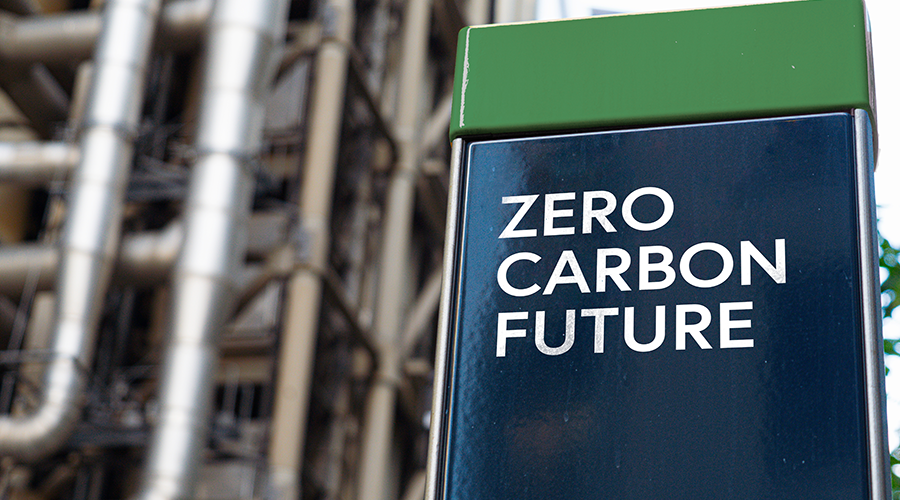
Data Center Energy Use Increasing Impact on Power Grid
Impact on grid expected to more than double by 2030. June 21, 2024
By Dave Lubach, Executive Editor
Data centers are well-known energy hogs. The U.S. Department of Energy (DOE) describes them as “one of the most energy-intensive building types, consuming 10 to 50 times the energy per floor space of a commercial building.”
The DOE says data centers account for approximately 2 percent of total U.S. electricity use, and the impact of these facilities are causing stress on electric grids across the country. By 2030, the Electric Power Research Institute says that data centers could consume up to 9 percent of all U.S. electricity use.
A new Microsoft data center campus growing in southeastern Wisconsin has raised concerns about how the facility will strain the local electric grid, according to a Wisconsin Public Radio report.
According to the report, data centers used 0.21 percent of Wisconsin electricity in 2023 and is projected to reach 0.53 percent by 2030 – modest numbers compared to other states such has Georgia, which saw data centers consume more than 4.25 percent of the state’s energy last year.
Microsoft’s $3 billion data center campus is still under construction, and energy impacts on the Wisconsin power grid are still being determined. Microsoft and other industrial companies are contributing to the building of a new electric substation that will help support the power necessary for the operations.
Data center development and clean energy efforts are intertwined as momentum grows for both initiatives. Data center growth can increase a company’s carbon footprint as more communities establish net-zero emission over the next 15-20 years.
Environmental group Clean Wisconsin is encouraging businesses and utilities to consider new-generation technologies as data center demands continue to grow.
“The easy and profitable reaction is to build a new plant, but it doesn’t have to be that way,” a Clean Wisconsin spokesperson says. “Solar and wind are cost-competitive with gas. Paired with battery storage, these are viable energy solutions.”
Dave Lubach is executive editor of the facilities market.
Next
Read next on FacilitiesNet












